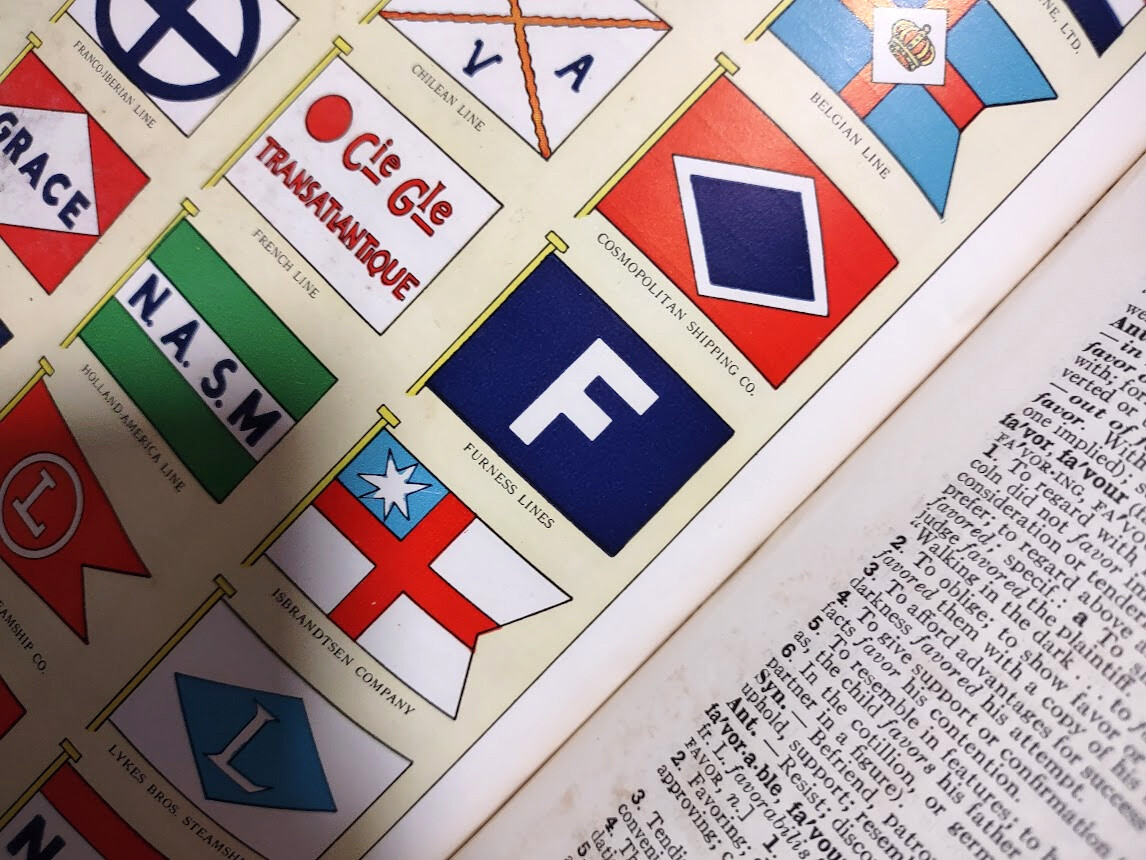Some topics you may not have thought much about but that affect the way a book gets put together . . .
Prelims
Why do most books use lowercase Roman numerals (i, ii, iii, iv, . . .) for the first several pages of a book before starting over with Arabic numerals (1, 2, 3, . . .)? Isn’t this old-fashioned? What’s wrong with just starting with page 1 as soon as you open the book?
There are practical reasons. Suppose your book has an index or that the text has cross-references (see page 39). Before a table of contents or an index can be written or a cross-reference resolved to a specific page number, the body of the book, beginning with the first chapter, has to be laid out and the page numbers locked in. As the body of the book is being laid out, it may be unknown whether the foreword you requested from your old professor is going to materialize, and in any case you don’t know how long it will be. You haven’t written the preface yet. The table of contents may be more than one page. In short, you don’t know how many preliminary pages (prelims, frontmatter) you’re going to end up with.
Furthermore, because of the way books are traditionally printed—on large sheets that get folded into signatures—you ideally want to wind up with a total page count that is a multiple of 16 or at worst a multiple of 8. While this constraint does not apply to print-on-demand digital books, which need only to be a multiple of 2 pages, it’s still a good idea to follow this guideline in case your book sells well and you later decide to order an offset press run. To stay within this guideline and minimize the number of blank pages, you may decide either add or delete some optional component of the prelims. (You might delete the bastard title—the half-title page preceding the title page—or move the acknowledgments or credits or author bio to the back of the book or add or delete pages of praise quotes.)
So the conventional way to keep all the page numbers correct in the main part of the book that starts on page 1 is to use lowercase Roman numbers for the prelims. Nothing about modern print production methods changes that.
Ebooks don’t have page numbers, so the question doesn’t come up in that context.
Folios
A printed page number is called a folio.
Some pages, such as the bastard title, the title page, the copyright page, blank pages, and a few others, do not have a printed page number. Those pages are still counted, but they are said to be blind-folioed.
The location of the folio is often at the top of the page for most pages but moved to the bottom of the page for the beginning of a chapter, say, or for some other special pages. When that is done, the result is called a drop folio. If all the folios are at the bottom, then there’s no special designation.
Postlims
Postlims (also backmatter, endmatter, endlims) are the bits that come after “THE END”: appendices, references, endnotes, index, etc. Back when books were printed from metal plates, there were some types of books that were updated periodically (reference works of various sorts) with appendices that never changed. Rather than make new plates for a simple page number change, the printers of such books had the option of a separate numbering convention for the postlims. Nowadays, there is no reason to do that, and the practice has entirely disappeared. Page numbers just continue from the last page of the main text.
Plates
Many books have a clump of pages in some seemingly random location where all of the images are gathered (whether those images are in color or black-and-white). Maybe those pages are printed on a different paper from the text-only pages the precede and follow.
This practice developed in an earlier era, when printing images involved different technologies than printing text. The papers used for most text printing were okay for woodcuts and coarse line drawings, but they did not work as well for fine engravings or for photographic images. It made sense for printers to use more expensive paper (and more experienced press operators) for these, and so they were printed as separate signatures. When this was done, each page was called a plate, and the plates were numbered independently of the text pages, often in uppercase Roman numerals. When the book was assembled, the signature of plates might follow page 96, say, and the next page after the plate XVI would then be page 97.
Nowadays, with modern offset printing and digital printing and modern, high-quality papers, this practice is hardly ever used. There are some cases—specific books from specific publishers—for which it still makes economic sense. So the practice has not entirely disappeared. But in general, your book will be more enjoyable for the reader if the images are printed where they belong in the flow of your text, interspersed as needed, printed on the same paper. Depending on the number of books you are having printed, there may be some strategizing about the placement of color images, but printing them as separate plates is unlikely to be the solution.
